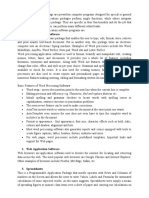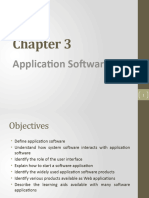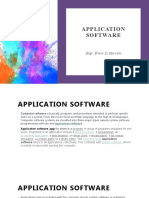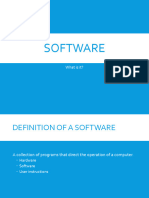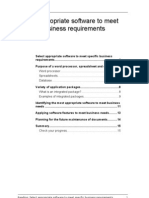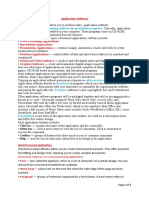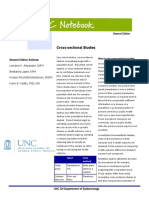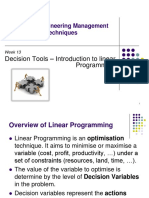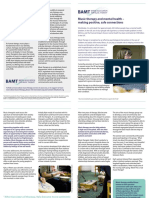Basic IT Tools
1. Spreadsheets
A spreadsheet sheet, often referred to simply as a "sheet," is an essential component of
spreadsheet software like Microsoft Excel, Google Sheets, or LibreOffice Calc. It is a grid of cells
organized into rows and columns, used for storing, organizing, and analyzing data.
Structure of a Spreadsheet Sheet
- Cells: The basic unit where data is entered. Each cell can contain text, numbers, or formulas.
- Rows: Horizontal group of cells, identified by numbers (1, 2, 3, etc.).
- Columns: Vertical group of cells, identified by letters (A, B, C, etc.).
- Cell Address: Each cell has a unique address based on its column letter and row number (e.g., A1,
B2).
Basic Operations in a Spreadsheet
- Entering Data: Clicking on a cell and typing to enter data.
- Editing Data: Clicking on a cell and making changes.
- Copying and Pasting: Moving data from one cell to another.
- Cutting and Pasting: Removing data from one cell and placing it in another.
- Autofill: Dragging the fill handle to copy data or continue a sequence (e.g., filling days of the week).
2. Word Processing
Word processing refers to the creation, editing, formatting, and printing of text documents using
software designed for this purpose. Word processors are essential tools in both professional and
personal contexts, allowing users to produce a wide range of documents such as reports, letters,
essays, and more.
Basic Features of Word Processing Software
- Document Creation: Start a new document or open an existing one.
- Text Entry and Editing: Typing, inserting, deleting, and editing text.
�- Text Formatting: Changing the typeface (e.g., Arial, Times New Roman), size, color, and applying
styles like bold, italic, or underline.
- Paragraph Formatting: Adjusting alignment, line spacing, indentation, and creating lists with bullets
or numbers.
3. Databases
A database is an organized collection of data, typically stored and accessed electronically.
Databases are used to store, manage, and retrieve information efficiently.
Key Concepts in Databases
- Tables: Data is stored in tables that are related to each other through common fields.
- Primary Key: A unique identifier for each record in a table. No two records can have the same
primary key.
- Foreign Key: A field in one table that uniquely identifies a row in another table, establishing a
relationship between the two tables.
Database Management System (DBMS)
- A DBMS is software that interacts with users, applications, and the database itself to capture and
analyze data.
- Examples of DBMS: MySQL, Oracle, Microsoft SQL Server, PostgreSQL, MongoDB.









